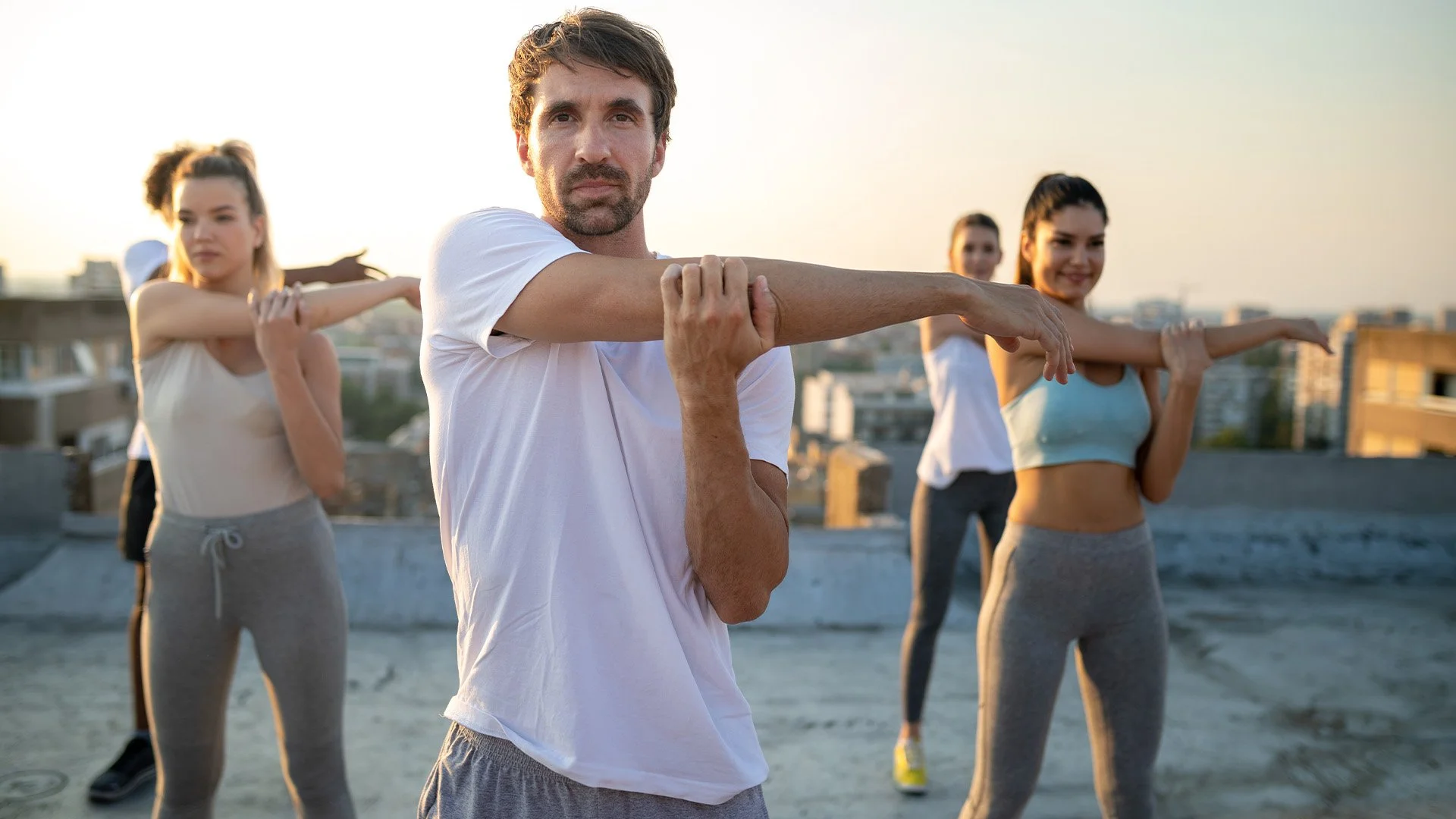Training Through Triggers: How Movement Helps Veterans and Amputees Living with PTSD
Some wounds are not visible. Certain injuries don’t bleed—they resonate.
For many veterans and amputees, trauma doesn’t end when the body heals. Post-Traumatic Stress Disorder (PTSD) is a persistent, often unseen burden that impacts how individuals think, sleep, connect with others, and navigate the world. It is estimated that between 11% and 20% of veterans live with PTSD, a rate that is significantly higher than the 6% observed in the general population. Women who serve face even greater risks. When combined with the trauma of limb loss, these experiences create layers of psychological difficulty that are challenging to articulate and often hard to bear.
We are not therapists, but we are movement enthusiasts. Movement can often express feelings and experiences that words may struggle to convey.
The Healing Work Doesn’t Have to Be Talk Therapy
Let’s be clear: treating PTSD should always involve qualified mental health professionals. Recovery is not a one-size-fits-all process. However, when we discuss whole-person healing, it’s essential to recognize the benefits that physical training can provide—not only for the body but also for the mind.
Strength training, structured movement, and even modified routines are not just workouts; they serve as anchors. In a world that often feels chaotic or unsafe, training can create a space for focus, presence, and self-trust. It can help rewire the nervous system and generate momentum.
For many veterans, physical training offers something they may be missing: a sense of control.
Why Movement Matters for PTSD
Here’s what scientific research and personal experiences reveal about the benefits of movement.
1. Mood Enhancement (Endorphins are your friend)
When you exercise, your brain becomes actively involved. Strenuous physical activity triggers the release of endorphins—natural chemicals that enhance mood and reduce pain. This feeling goes beyond just “feeling good.” It serves as a biological reminder that you are alive, adapting, and capable. While no one ever regrets completing a workout, there is a deeper truth: movement fosters self-trust. This is especially important when trauma causes you to feel betrayed by your own mind.
2. Interrupting Rumination
Depression and PTSD have a common characteristic: the mind can become trapped. Thoughts repeat, and memories resurface. However, physical movement can facilitate a change. When you’re lifting weights, holding a plank, or pushing through intervals, your mind must focus on the present moment. You’re not lost in memories; you’re engaged with your body. This shift to the “now” is often where the healing process begins.
3. Social Reconnection
Many veterans often feel disconnected from civilian life, as if no one understands their experiences. Group fitness environments can provide a solution. They may not eliminate that divide, but they foster a shared experience. In these settings, everyone is working together and embracing vulnerability. This vulnerability can lead to the development of new forms of trust. Movement gives us a common activity, especially in moments when words fall short.
The Adaptive Athlete's Edge
If you have served and lost a limb or have been injured in a way that has changed your physical reality, you already understand that strength looks different now. However, the underlying principles remain the same.
You are still capable and worthy of progress. There’s no need to focus on your previous achievements; instead, honor your current abilities.
Whether it’s performing one-arm sled pulls, using seated battle ropes, or engaging in adapted circuit training, the key is consistency and creativity. Adaptive movement is not about settling for less; it’s about redefining what strength means for you at this moment.
This Is Community Work
There are over 2 million veterans living with PTSD. This statistic represents a call to action. Healing is not a solitary journey; it can't occur only within the confines of a therapist's office. When mental health professionals and fitness experts collaborate, we can create environments where individuals feel seen, strong, and supported—even when they are not yet ready to talk.
Bloc Life exists to ensure that our community—amputees, veterans, and anyone facing unseen struggles—knows they are not alone. Healing does not always begin with words; sometimes, it starts with a deep breath, a challenging workout, and a supportive group of people who are ready to fight for a better tomorrow.
Ready to take action?
Bloc Life is committed to empowering all individuals to achieve their health and wellness goals through education and support. Join our adaptive and inclusive community to unlock your full potential.



